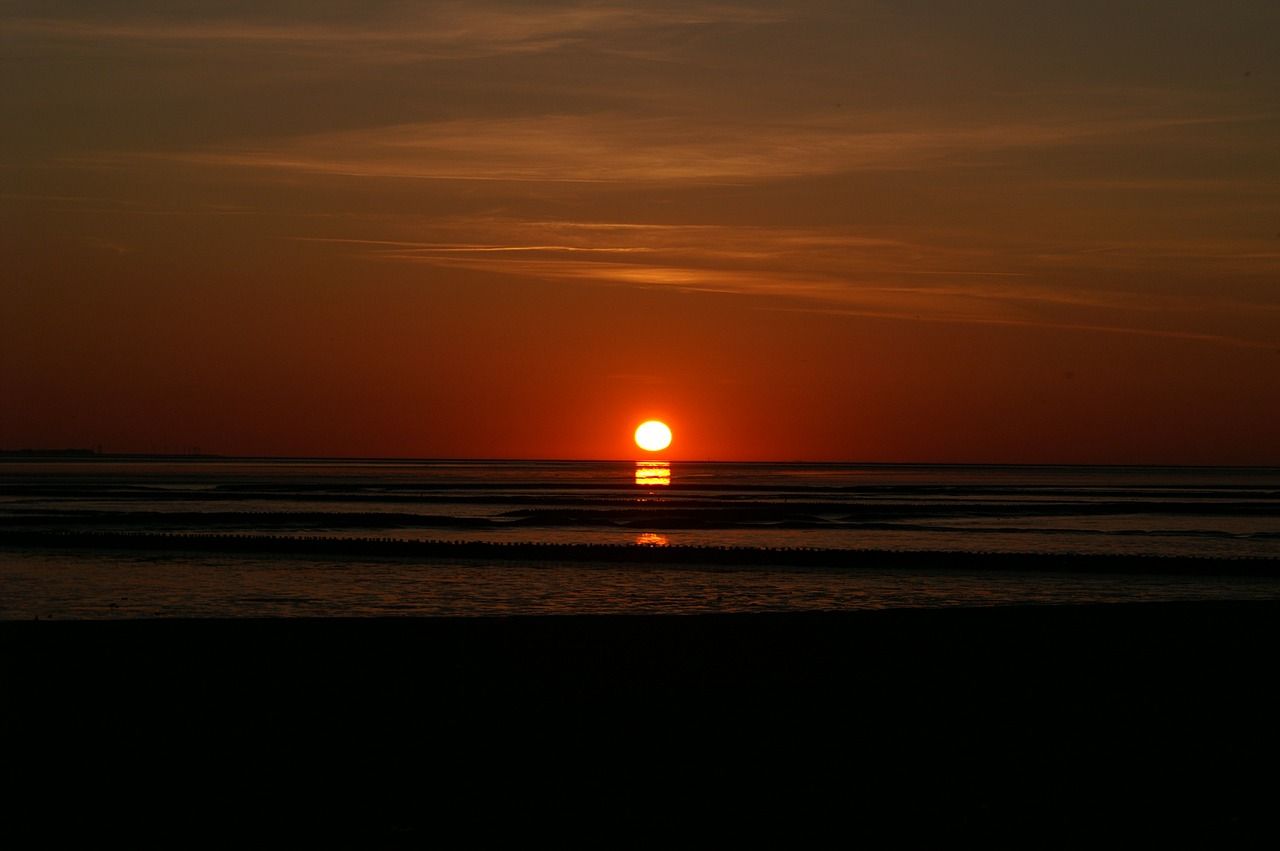Last night my husband and I were taking a nighttime stroll down Ke Iki beach on the North Shore, when all of a sudden our footsteps in the sand lit up with sparks of blue/green light. Every foot or so a small glow flickered, each one glinting up from the wet, dark sand like a star dotting the night sky. As we walked along, our barefoot tread came to life with these specks of brilliance, illuminating each step of our path. It was truly phenomenal.
But this wasn’t the first time I had experienced these ‘stars’ in the sand. In fact, it’s a relatively regular occurrence in Hawaii. What I’m describing is known as Hawaii bioluminescence, or “living light”, and it happens at night along Hawaii’s beaches. Sometimes you can see them in the sand, tumbling in the shore breaking waves or in the waters of protected bays. The only problem is that it doesn’t happen regularly, and it’s unpredictable when it does.
A nighttime beach walk can turn into a glowing experience as tiny drifting organisms called plankton are washed up on the sand by ocean currents. These bioluminescent types of plankton are known as dinoflagellates and they are solar-powered living organisms. But how and why do they light up?
Dinoflagellates emit light producing chemicals when a temporary dent occurs on the cell’s surface. That’s why they twinkle when stepped on or when they’re somersaulting in the waves. Whenever they are distributed, they light up. The type of dinoflagellate that is more common in Hawaii is called Noctiluca scintillans, which means “night shiner” in Latin. It is also sometimes referred to in Hawaii as the Sea Sparkle.
Scientists are not entirely sure why the jostling of Noctiluca scintillans causes them to light up, but it could be to warn off predators or to attract a mate. The really interesting thing about Noctiluca scintillans is that the longer they ‘charge’ in the sun during the day, the brighter their bioluminescence is at night. So basically, they sunbathe on the sand by day and twinkle like stars at night. How cool is that?!!
The unpredictability of seeing bioluminescence is because the Hawaiian Islands are in the middle of the Pacific Ocean, which has excellent circulation and currents. This means that the dinoflagellate are typically spread out, instead of remaining concentrated, and so on some nights you may see a lot and on others, none at all. One hint that’s been uncovered is that bioluminescence is most common in Hawaii during the warm summer months.
So next time you’re taking a stroll down the beach at night, look for the flickers of light in the sand and hopefully you’ll witness the bioluminescence of Noctiluca scintillans. As I told my husband last night, it’s one of the most phenomenal nature shows I’ve ever seen in my life. If you get the chance to see it too, I know you’ll agree.




